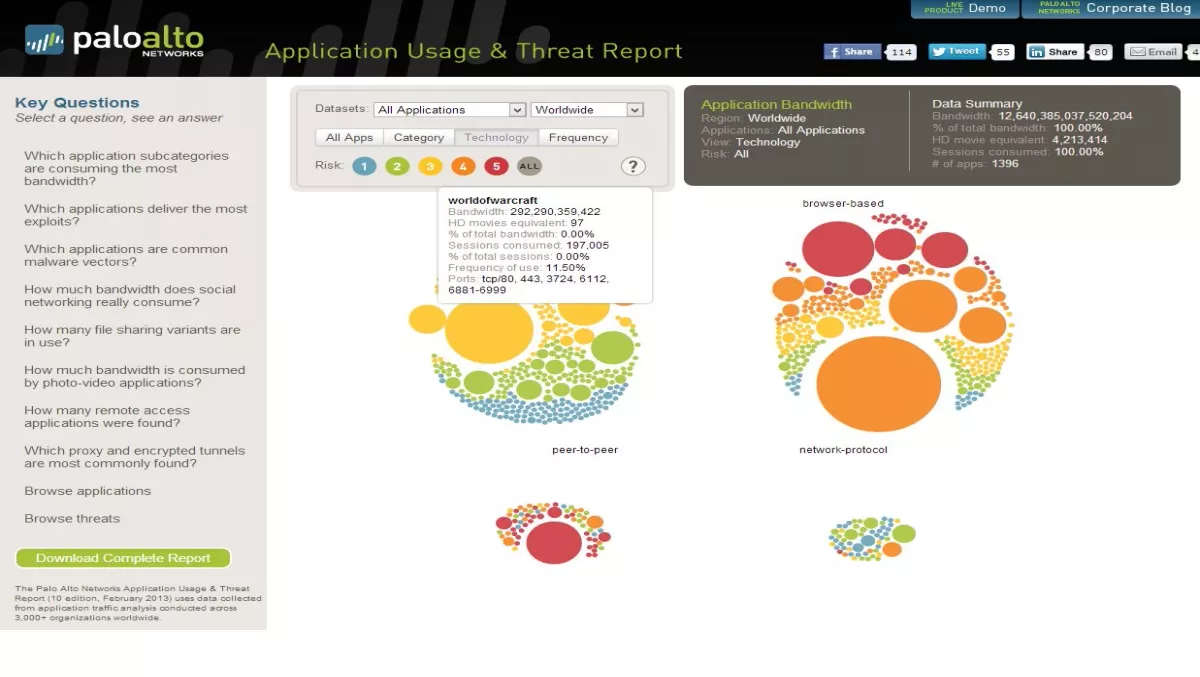
Palo Alto Networks wants business and IT departments to be friends again
Next generation security vendor Palo Alto Networks is determined to help the rest of an organisation's business units to make friends with their IT department again.
Over recent years, the relationship between the IT department and its internal customers in many large organisations has been strained.
This is largely the consequence of frustratingly tight policies on social media, file sharing and video, security risks from new applications like instant messaging, and the growth of BYOD devices.
Palo Alto believes the solution is for the IT department to be better informed about the business needs of the rest of the organisation; it says this ultimately comes down to reporting.
Hypothetically speaking, if an organisation discovers 22 different file sharing applications being used internally and blocks them all as a matter of policy, the people within the business units will experience frustration...and likely seek ways around the policy.
This might result in an employee emailing the relevant file home, then using the banned file sharing software from a personal device.
By contrast, if the IT department works with the business unit and chooses applications which are allowed on its network, this potential vulnerability can at least be monitored.
The challenge comes down to which applications to choose, and how to enable just those. This is where Palo Alto believes it can help. When trialling a Palo Alto device, a report is provided which highlights the top applications in use on the network.
The report calls analyses those apps and draws attention to the top threats, making easy sense of thousands of lines of log information .
The company also takes an anonymous form of this data (with permission) from trial customers and combines it into a 6-monthly Application Usage and Threat report (AUTR).
This global data can be compared with local reports to start to identify then solve potential business issues and frustrations.
For example, the most recent AUTR data shows that all of the social media, video and file sharing applications represented less than 1% of all threat reports collected by Palo Alto Networks.
Yet IT departments all over the world are restricting these services on security grounds in the face of requests for access.
There may be other grounds (like bandwidth usage) for banning these services, but knowing how few security threats come from these applications can help make better business decisions.
For more information about the vendors AUTR report click here.

